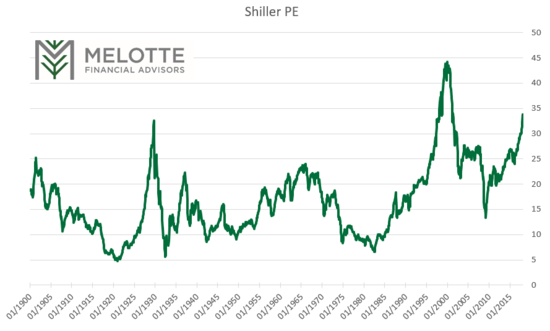The rally that began around Christmas Eve continued with strength through last week.
It’s been such a strong rally that U.S. large company stocks (as measured by the S&P 500 index) even eclipsed the prior record high from last September…admittedly, an event of which I was skeptical.
Specifically, on September 21st the S&P 500 set a new intra-day high at $2,940.91. However, last Wednesday the S&P 500 touched $2,954.13 before closing down to $2,923.17. As I write this commentary on May 6th, the S&P 500 is trading around $2,910.
Now, unfortunately, the S&P 500 was the only major index to set a new high. U.S. small company stocks (Russell 2000) are still down over 8% from their August 31st record. The global stock market more broadly, including foreign developed and emerging markets (MSCI All Cap World Index), is still down over 6% from it’s all-time high set almost 16 months ago on January 26th, 2018. Yes, the global stock market is still technically in a bear market.
Here is the interesting part, when reviewing one of the most reliable valuations metrics available from John Hussman, we find that the U.S. stock market has experienced current extremes only two other times in history (1) 1929: on the eve of the Great Depression and (2) 2000 – on the eve of the Dot Com Bubble burst. Neither of those events ended well, and I don’t expect the current dislocation to end well either. Continue reading “Market Update – Only Two Other Times in History”


